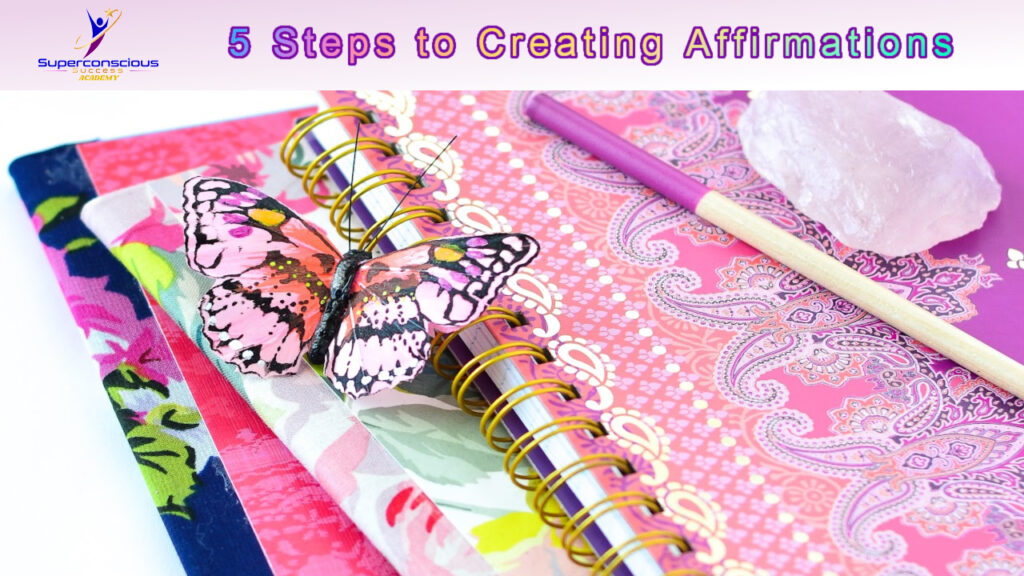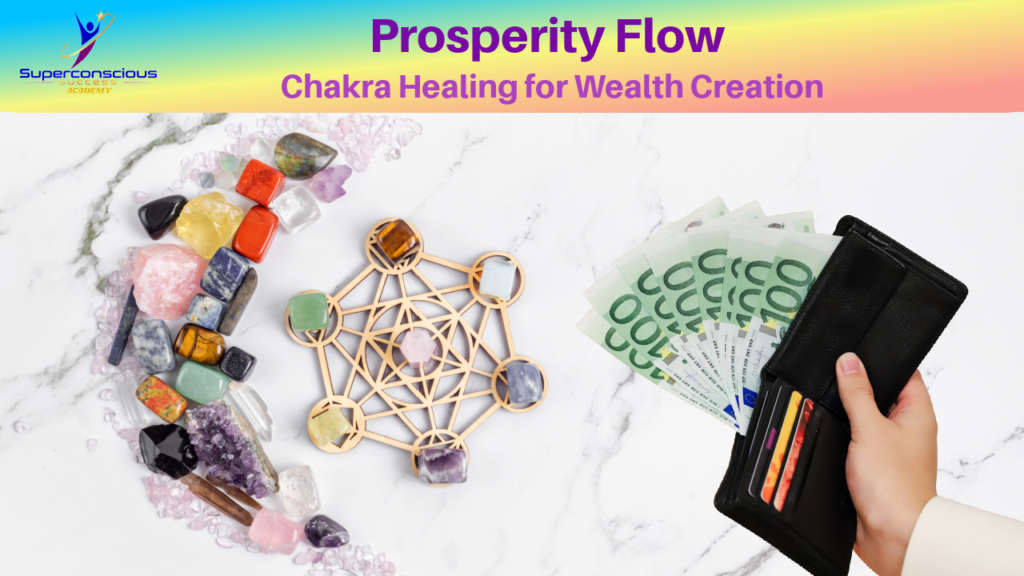
Welcome to this comprehensive guide on color therapy, also known as chromotherapy. In this blog post, you will delve into the fascinating history of color therapy, understand its basic principles, explore its various benefits, and learn practical steps to get started with this holistic healing method. Whether you’re seeking to enhance your physical health, improve your emotional well-being, or boost your mental clarity, you’ll discover how the power of colors can play a transformative role in your life. Join us on this vibrant journey to unlock the healing potential of colors and integrate chromotherapy into your wellness routine.
Chromatherapy, also known as color therapy, has fascinating historical roots that date back to ancient civilizations. For instance, the Egyptians were among the first to harness the power of color for healing. They built solarium rooms with colored glass panes, allowing sunlight to filter through and create therapeutic environments. They believed each color had specific healing properties and exposed patients to different hues based on their ailments.
In ancient Greece, the philosopher and physician Hippocrates significantly advanced the understanding of chromatherapy and its impact on health. He noticed the correlation between colors and the body’s balance, emphasizing the importance of light and color in maintaining physical and mental well-being. The Greeks even associated particular colors with the four humors, linking them to bodily fluids and emotional states.
Similarly, ancient Indian texts, such as the Vedas, reference using color in healing practices. The Ayurvedic system incorporates chromatherapy into its holistic approach. They recognize that different colors correspond to the body’s chakras. Each chakra, or energy center, is associated with a particular color that can influence physical and emotional health. For example, the heart chakra links with green, believed to foster love and compassion. Meanwhile, the throat chakra associates with blue, enhancing communication and expression.
Color therapy continued to evolve through the Middle Ages and Renaissance. Notable figures like Paracelsus, a Swiss physician, integrated color and light into his medical treatments. The 19th and 20th centuries brought further advancements with modern science. Researchers like Edwin D. Babbitt and Dinshah P. Ghadiali conducted extensive studies, formalizing chromotherapy principles and developing practical applications for its use.
Today, chromatherapy integrates into various contemporary healing modalities, from holistic wellness practices to complementary approaches in conventional medicine. As scientific research continues to validate the therapeutic effects of color, chromatherapy remains a valuable tool for promoting physical, emotional, and psychological well-being.

















